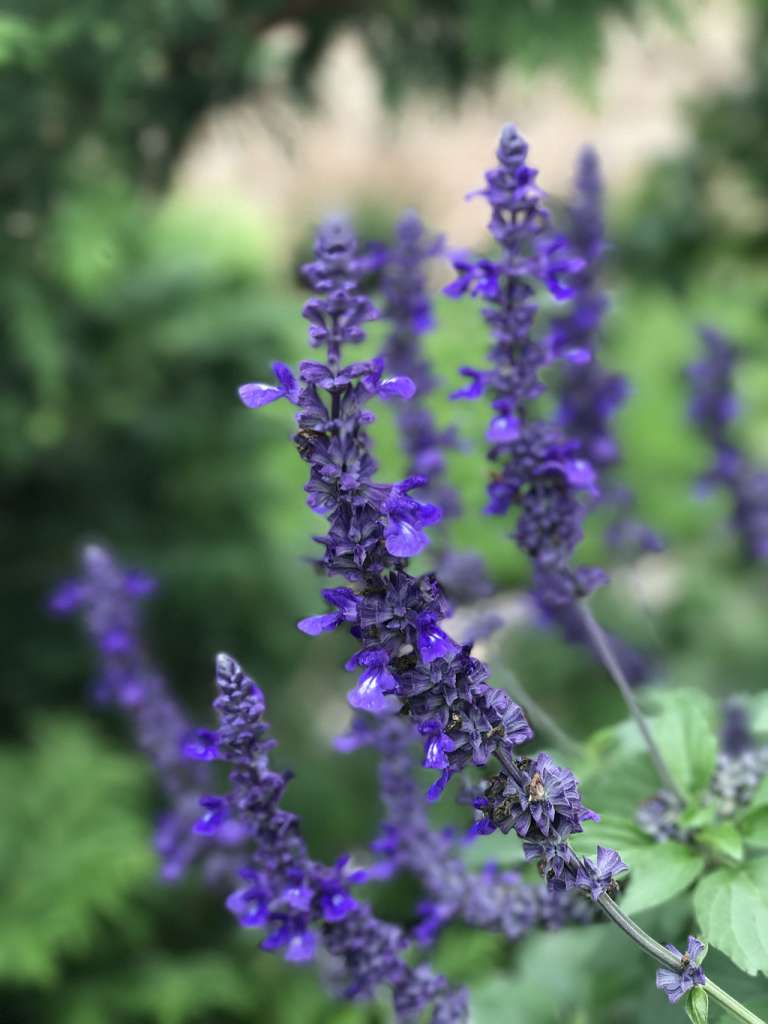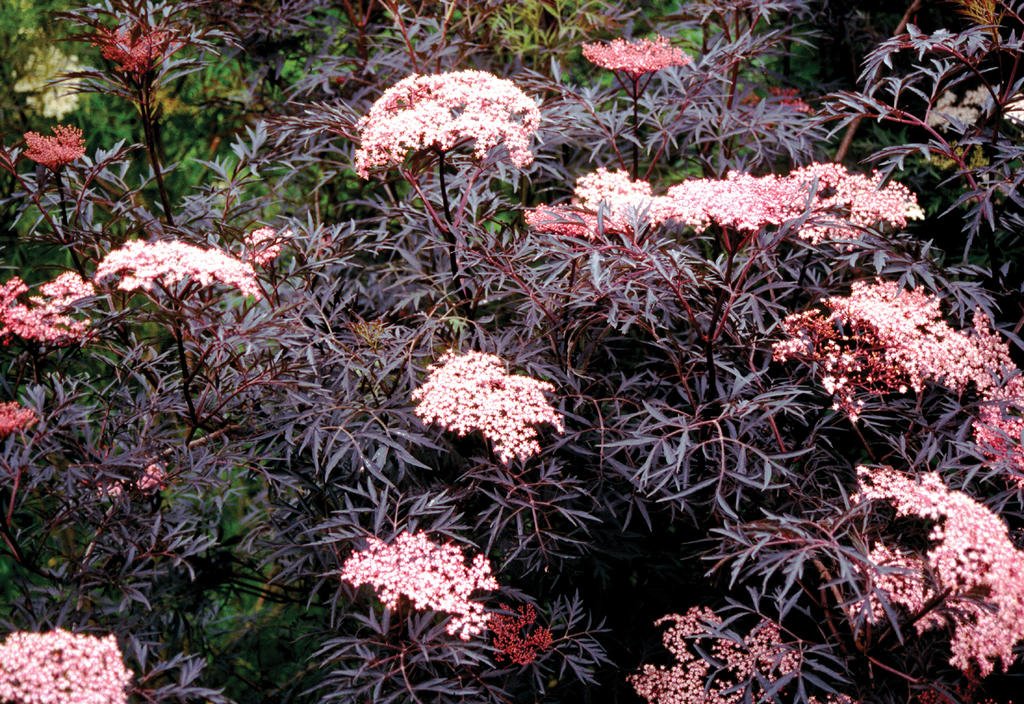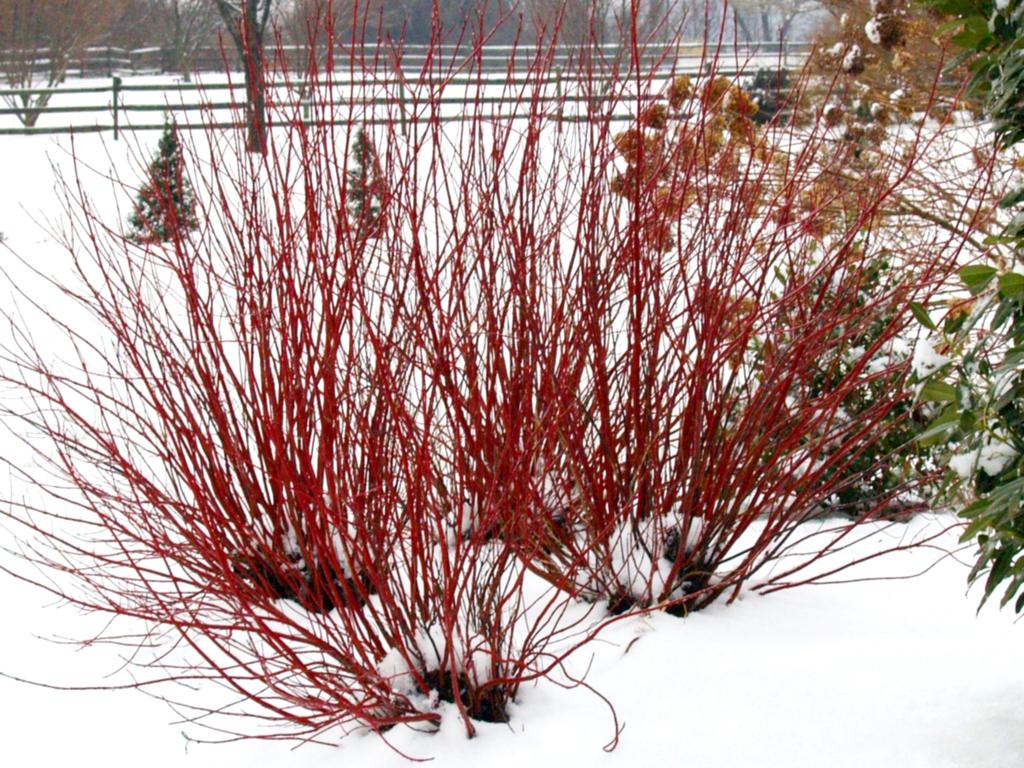Clay soil is often cursed by gardeners but clay can be a wonderful thing. The Dirt on Dirt – Clay will teach you about clay soils, why you should love them, and how to make them even better.
Soil comes in a whole array of types. The basic categories are clay, silt, loam and sand with constant variation within each of these classes. If you have silt or loam soils you are sitting pretty, gardening will be easy and you will love your soil. If you have clay or sandy soils it will take a bit more input from you before you love your soil. Trust me, you can love your clay or sandy soil, it just takes a bit of knowledge and a bit of elbow grease. How, exactly do you learn to love clay soil? Read on to learn more about what clay soil is, why you should be glad you have it and how you can make it even better.
First things first, how do you know you have clay soil? Clay is often reddish in color, water usually is absorbed into clay slowly, it has a tendency to dry slowly, to clump together (and not want to break apart), and to stick like mad to shoes and gardening implements. It will also tend to crust over and crack when it gets dry. Does this sound like the soil in your garden? Then you probably have clay soil. If you aren’t completely certain take a sample of your soil to your local garden center or Cooperative Extension office, they should be able to help you determine, for sure, if your soil is clay.
What is Clay Soil?
First off what does it mean that you have clay soil? It means that the soil in your garden is composed of many tiny plate-like soil particles that can compact with time to form a hard, solid mass that makes shoveling difficult and digging holes a bit more laborious. Clay soils come in many types. It is difficult to know which kind of clay you have without doing a soil test. Usually your local county extension service can help you conduct a basic soil test. This test will let you know what particular type of clay soil you have.
What’s good about clay soil & what’s bad about it?
Let’s take a look at what a clay soil does for you, both the good and the bad.

The good parts: Clay soil provides a lot of wonderful things for your garden. First off clay soils are more fertile than many other soil types; each tiny clay particle is packed with places to hold on to water and fertilizer (soil specialists call this CEC or Cation Exchange Capacity, it just means that clay soil can hold a lot of nutrients whereas a sandy soil cannot). This means clay soils can save on watering and reduce the number of times you have to feed your plants. These two features of clay are the main reasons to love clay soils. However, you do need to learn how to garden in clay soil.
Clay soils provide a wonderful foundation for plants by anchoring roots securely in the soil. Many perennials and annuals thrive in clay soils since they can get a firm grip on the soil with their roots. This firm grip allows them to survive extremes of temperature and moisture that plants grown in sandy soil cannot. Clay soils minimize plant heaving due to cycles of freezing and thawing. Plant heaving is when a plant seems to be climbing out of the soil. Becasuse clay allows for roots to hold tight to the soil, plants are less likely to heave. To sum up, with clay soil you water less, fertilize less, get a better foundation for your plants and extend their hardiness when extremes in weather occur. I bet right now you are feeling a bit better about that clay soil you’ve been cursing!
A few bad things: Clay soil, however, isn’t perfect. It is likely obvious that a heavy clay soil is going to be more work to till or shovel than a sandy soil. However, when you are planting a landscape with perennials and shrubs, most of the digging is only done once and then you get to reap all the benefits of clay soils for the rest of the life of the landscape. No doubt, a clay soil is heavier and more likely to compact than a sandy soil, but you do get a lot of benefits for your labor.
A clay soil can get very mucky if it is too wet. If your clay soil is sticking to your shovel, stop working. The soil is too wet to work with. If you continue working the soil, it will compound the common problems of clay soil. Continuing to dig will compact your soil even more.
Another challenge for clay soil is that all of those nooks and crannies that hold water and fertilizer, will also hold tight to the bad things too, like salts. Ridding clay soil of extra salt build up or changing the pH of the soil will be more difficult due to the gripping ability of the soil particles that make up clay. Clay soils latch on to all minerals and this can be good (fertilizer) and bad (salt). Should you have a problem clay soil, just know that it is generally a long term process to rehabilitate the soil but in the end, you will usually prevail.
One last thing that can be a draw back to a clay soil is if you have a boggy area, clay soils can limit the amount of air plant roots get when they are saturated. If you have a boggy area select plants that tolerate wet soils. Leave plants that need good drainage, to other parts of your garden.

How to fertilize clay soils most effectively: We all need to learn how to avoid wasting fertilizers. If we use them thoughtlessly, they eventually end up in our lakes, streams and groundwater, but are necessary for plants. Clay soils are great ‘nutrient’ banks, which allows you to feed less often and still have a nice garden. Whe gardening in clay, it is fine to use liquid fertilizers, granular fertilizer, slow release fertilizers, and organic fertilizers (like fish emulsion). Just make sure that whatever fertilizer you choose, you use it responsibly.
Most landscapes and gardens need a liquid fertilizer about every 2 weeks, OR a granular fertilizer about every month, OR a slow release fertilizer 2-3 times per season. Too much plant food wastes money and potentially damages the environment. Also, did you know that over-fertilized plants tend to be more susceptible to insect and disease problems? This may seem counter-intuitive but over-fertilized plants tend to have lush, soft foliage, which makes them more susceptible to pests and disease. Plants need nutrients, but more isn’t always better.
Because clay soils hold on to fertilizers well, you should use a light hand when applying fertilizer. Start out fertilizing at a slightly lower rate than recommended or wait longer than recommended between applications. If the plants remain healthy and happy, you are fertilizing often enough. If the leaves start to turn a yellow color, you aren’t fertilizing quite enough. Armed with this knowledge you should fertilize a bit more often or at a slightly stronger rate. A bit of trial and error will tell you how often you need to fertilize with your specific soil. Clay soil just might save you money due to lower fertilizer costs. For more information on fertilizing click here.
How to water clay soils most effectively – Watering is the biggest challenge most gardeners’ face and most people over-water their plants. For clay soils, overwatering is the most common cause for plants dying. Clay soil tends to hold water for long periods of time, therefore, if your garden soil is made up of clay, you should be watering less frequently. Spots in your yard that stay wet almost constantly are a sure sign you need to cut back on the amount of water you are applying. Check with your local county extension service to find the recommended watering rates for your area.

Most landscapes and garden plants need to be watered just as plants are beginning to wilt a bit. Watering less frequently and more deeply will encourage plants to develop deep root systems, which benefits plants. Frequent light watering, encourages shallow roots which will make plants less drought tolerant. The best way to water is deeply and infrequently (except for recently planted flowers and landscapes, these need water frequently to get established). If you have a sprinkler system, check to see that it is not over-watering your plants. Plants will get used to whatever watering cycle you give them. Plants that are watered frequently will develop shallow root sytems and won’t be able to take drier soils. Plants that are watered less often develop more extensive root system can access water from a larger area of soil. A little bit of drought stress before you apply water creates tougher, more resilient plants. They are better able to handle short dry periods. For more on watering landscapes click here.
How to make clay soils better:
Incorporating compost – tired of chipping away at a clay soil that is hard and heavy? Try mixing in organic matter (compost, straw, fine wood bark, peat moss). Adding these things to your soil will make it more difficult for the soil to clump together and harden. This is especially true around trees and shrubs. In the garden, a good compost to soil mix can make digging a breeze and reduce the most common problems associated with clay soils. Adding compost can also help, somewhat, with drainage, decrease soil compaction, which allows water flow – resulting in soil that is less water logged. Compost will also act as a slow release fertilizer. Compost contains nitrogen and other nutrients and is another way to hold water for your plants! Click here to learn more about compost.
Does digging up an entire flower bed and incorporating compost sound too daunting? While tackling an entire bed at once is the most efficient way of improving soils you can improve your soil a bit at a time. One method for accomplishing this would be too improve each little spot where you are planting a plant. To do this, dig a hole 2 to 3 times larger and deeper than what is necessary for the plant you are transplanting. Incorporate a healthy dose of compost by mixing it in with the soil you dug out of the hole. Fill some soil back into the hole, place your plant in the hole and then refill the rest of the hole with the compost enriched soil. While the surrounding soil isn’t enhanced the new plant is happily ensconced in good, compost rich soil. Over several years you will gradually improve the soil in the entire bed. This is also an effective way of improving soil in existing, already planted beds.

Mulching – Clay soils can tend to speed water runoff because water isn’t absorbed as quickly into clay soils as it is other soils. Clay soils also tends to stick to the bottoms of your shoes, which can make a mess when you go indoors. However, you can solve these problems, and make the most of the positive properties of clay soil, by covering the exposed soil with a thick layer of tree bark, rough compost, shredded wood, or any of the other organic mulches that are available. By adding a layer of mulch to clay soil, you not only help keep the house clean, but can reduce the number of weeds that sprout. As mulch decomposes,it will enhance nutrition and water retention, which ultimately allows for better plant growth. Mulch will slow down water run-off allowing clay soil more time to absorb, and store, water. A layer of mulch is also cooler than exposed soil which helps to reduce temperatures overall in the garden.
In general, having clay soil can be wonderful, IF you know what the strengths and weaknesses of clay and how to garden best in this type of soil. You expend a bit more energy getting things planted and preparing garden beds, but in the long run you’ll use less water and fertilizer than folks gardening in sandy soils AND most plants prefer some clay in the soil to help them get their roots established and improve their hardiness.
The article is reproduced from: https://www.provenwinners.com/learn/dirt-dirt-clay


